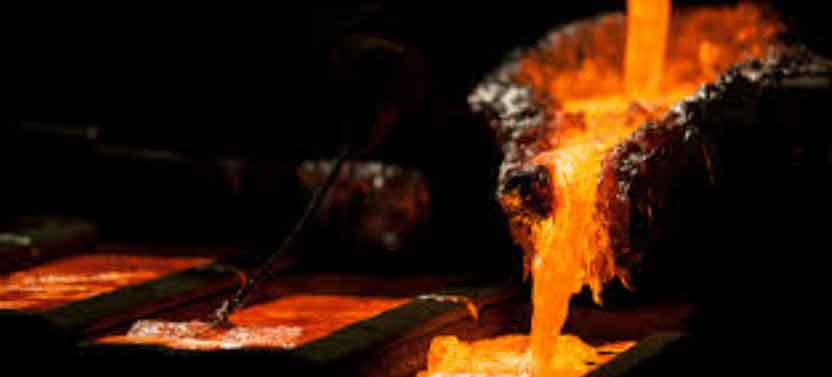China has undergone a remarkable transformation in the casting industry, reshaping the global casting landscape in the process. Casting, the process of creating metal objects by pouring molten metal into molds, has been a traditional craft in China for centuries. However, in recent decades, China has emerged as a dominant force in the global casting market, leveraging its vast manufacturing capabilities, technological advancements, and competitive advantages.

One of the key factors driving China’s casting revolution is its large-scale production capacity. The country’s immense population provides a massive labor force, allowing for the establishment of numerous foundries and casting facilities. China’s casting industry has become highly efficient and capable of producing large quantities of cast metal components, ranging from small intricate parts to massive industrial components.
Furthermore, China has made significant investments in technology and infrastructure, enabling it to adopt advanced casting techniques and improve production processes. Modern equipment, such as automated molding machines, robotic systems, and computerized process control, has been integrated into casting facilities, leading to higher precision, efficiency, and productivity. These technological advancements have allowed Chinese foundries to compete globally by offering cost-effective casting solutions.
China’s competitive advantage in the casting industry also stems from its access to abundant raw materials. The country is rich in mineral resources, including iron ore, aluminum, and steel, which are essential for casting processes. This availability of raw materials locally reduces production costs and ensures a steady supply chain for the casting industry.
Moreover, China’s emphasis on research and development (R&D) has played a crucial role in its casting revolution. The government has encouraged innovation and collaboration between industry and academia, leading to advancements in casting technologies, materials science, and process optimization. Chinese researchers and engineers have made significant contributions to the development of new casting methods, alloys, and foundry practices.
China’s rise in the global casting landscape has resulted in the country becoming a major supplier of cast metal components worldwide. Chinese foundries cater to a wide range of industries, including automotive, aerospace, energy, machinery, and construction. With competitive pricing, quality control measures, and the ability to produce complex components, China has become a preferred destination for casting outsourcing.
However, the growth of China’s casting industry has not been without challenges. Concerns about quality control, intellectual property protection, and environmental sustainability have been raised. To address these issues, the Chinese government has implemented stricter regulations and standards, encouraging foundries to adopt cleaner and more sustainable practices. Efforts have also been made to enhance quality control and safeguard intellectual property rights.
China’s casting revolution has had a profound impact on the global manufacturing landscape. The country’s ability to produce high-quality cast metal components at competitive prices has disrupted traditional casting markets and altered supply chains. Many multinational companies have established partnerships with Chinese foundries or set up their own casting operations in China to take advantage of the country’s capabilities and cost-effectiveness.
In conclusion, China’s casting revolution has transformed the global casting industry, making the country a dominant player in the market. Through a combination of large-scale production capacity, technological advancements, abundant resources, and R&D investments, China has reshaped the casting landscape. While challenges remain, China’s casting industry is expected to continue evolving and influencing global manufacturing trends.
